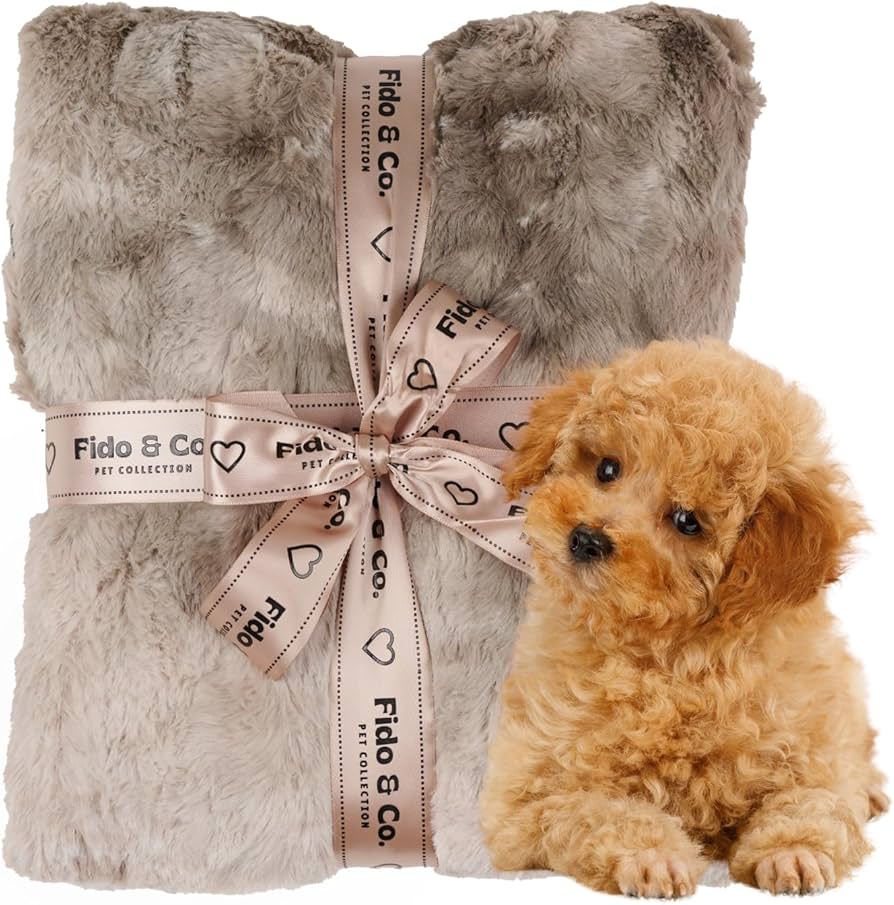These dogs have green eyes that are as rare as they are stunning.
Dogs’ eyes can be chocolate brown, baby blue, or any combination of these hues. Green-eyed canines are maybe the most fascinating (and uncommon) of all.
Dogs with green eyes, which range from emerald to jade, are rare since the color is inherited. While just one particular gene is needed for brown eyes, two copies of the gene are needed for green eyes in dogs. You’ll note that the well-known green-eyed dog breeds on this list frequently have another characteristic: their noses and coats are either liver or chocolate brown instead of black. This is due to the genetic relationship between eye and fur color.
Dogs with green eyes may have similar appearances, but they all have distinct personalities. Although breed has an impact, a dog’s character is primarily shaped by their own experiences.
01: Staffordshire Terrier, American

American Staffordshire terriers, often called Am Staffs or Staffies, are stocky dogs with a powerful build. Hannah Hart, DVM, at Chewy, describes them as having “well-defined musculature and a broad head with prominent cheekbones.” But beneath that impressive physique lies an affectionate side, and their soulful green eyes might be the first hint. Am Staffs are known for being loyal companions who enjoy cuddling and playtime in equal measure. Provide at least 60 minutes of exercise a day, which can involve a mix of walks, fetch, tug-of-war, and time spent playing with puzzle toys or food-dispensing toys, Hart says.
02: Labrador Retriever
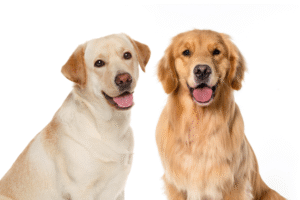
Labs are the ideal family dog. A family member with lovely green eyes and a light brown coat and nose is sure to turn heads. These energetic puppies, who have roots in hunting and retrieving, are constantly focused on the next task, be it swimming or playing fetch. They are eager to please and quite trainable, nevertheless. You’ll often spot labs fulfilling the role of working service or therapy dogs.
03:Schnauzer
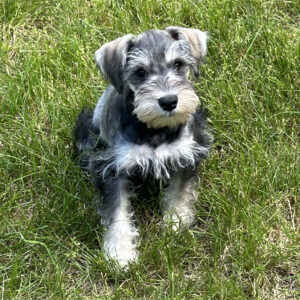
If you’re a fan of German-born schnauzers with green eyes, you won’t find a better match than a beard and bushy eyebrows. These pups can have either brown, green, or hazel eyes and are available in three different sizes: standard, mini, and giant. They all have wiry coats that don’t shed, which makes them a popular breed for people with allergies. However, their hair keeps growing, so you’ll need to take them to the groomer frequently because you wouldn’t want those bushy brows to cover up their captivating green eyes.
04: Chihuahua
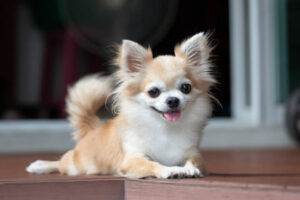
A green-eyed Chihuahua could be your next loyal lapdog. Though they might initially be cautious around strangers and can even have a feisty spirit when they perceive their humans are being threatened, Chihuahuas are adaptable and can warm up to newcomers with proper training, Hart says. These small pups (no more than 6 pounds) can participate in many activities enjoyed by larger breeds. Walks, fetch, swimming, and even agility training are all great options. Just supervise playtime with larger pets and avoid letting them jump from high places due to their small size.
05: Shih Tzu
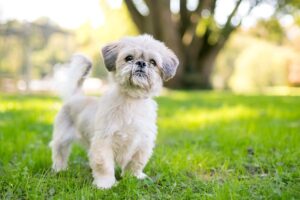
Originally a cross between a Lhasa Apso and a Pekingese dog, the shih tzu originated in China in the 14th century and was bred as royal house pets for members of the Ming Dynasty. Despite their long history, the shih tzu was a guarded breed that wasn’t brought to Europe until 1930 and the United States even later, after World War II. Today, many dog lovers have their sights set on the shih tzu as a small companion ideal for apartment living.
06: Dachshund
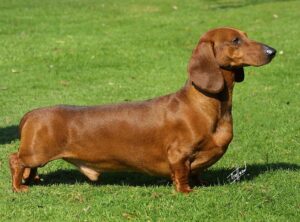
Dachshunds, also referred to as wiener dogs or doxies, can have green eyes in addition to brown or blue ones. Merle-coated animals may even have one brown eye and one green or blue eye, a harmless condition known as heterochromia.
These adorable puppies can be obstinate at times. Many of her rescued doxies, according to Pam Weiner, president of Dachshund Rescue South Florida, dislike wet weather and prefer to use inside pads instead of venturing outdoors during bad weather. Doxies were designed to be hunters, so when they become aroused, as when they spy a squirrel outside the window, their hunting instincts may cause them to bark enthusiastically, she continues. “Most dachshunds like nothing more than a lap to sit on” otherwise.
07: Great Dane
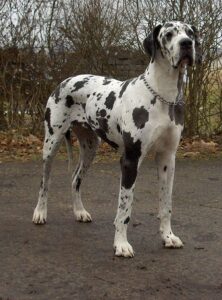
Harlequin Great Danes, which have black spots on a white coat, sometimes retain their blue eyes or even have green eyes, although many Great Dane puppies have blue eyes that turn brown as they grow older. Male Great Danes may reach up to 200 pounds, making them one of the biggest breeds available. As long as they have a big bed or a cozy area on the sofa to unwind and receive their daily exercise outside, they need less room than you may think.
08: Weimaraner
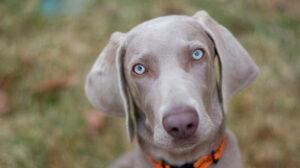
Weimaraners were bred to fill large shoes. According to Hart, the Grand Duke of Germany had an idea for the ideal hunting partner and started working on making it. The Weimaraner was created when he bred bloodhounds with several hunting canines from Germany and France. They were first employed to hunt wolves, bears, and mountain lions, and then lesser prey like birds.
Their soulful eyes, which can be either brown, green, or blue, and their floppy ears make it hard to believe that their ancestors were formerly big game hunters. But contemporary Weimaraners still need lots of exercise and room to go about.
09: English Springer Spaniel
If the eyes are windows to the soul, then this adorable green-eyed puppy is a happy puppy who loves their family. Their floppy ears with feathery ends usually draw attention to their eyes, which can also be hazel, blue, or dark brown.
Because English springer spaniels were originally designed for hunting, they still have a strong prey drive, so it’s crucial to introduce them to smaller cuddly companions carefully and to constantly watch how they interact with one another. They make cherished family dogs with proper training and lots of exercise (at least 60 minutes daily).
10: Australian Shepherd

The American frontier, not Australia, is where the modern Australian shepherd got his start. These amiable family dogs frequently accompany little children and other pets in a gentle manner, paying homage to their herding past in the west. Their intelligence and distinctive appearance, which might include a merle coat, naturally bobbed tail, and sparkling green eyes, are just a few of the many characteristics that distinguish them from other breeds.

